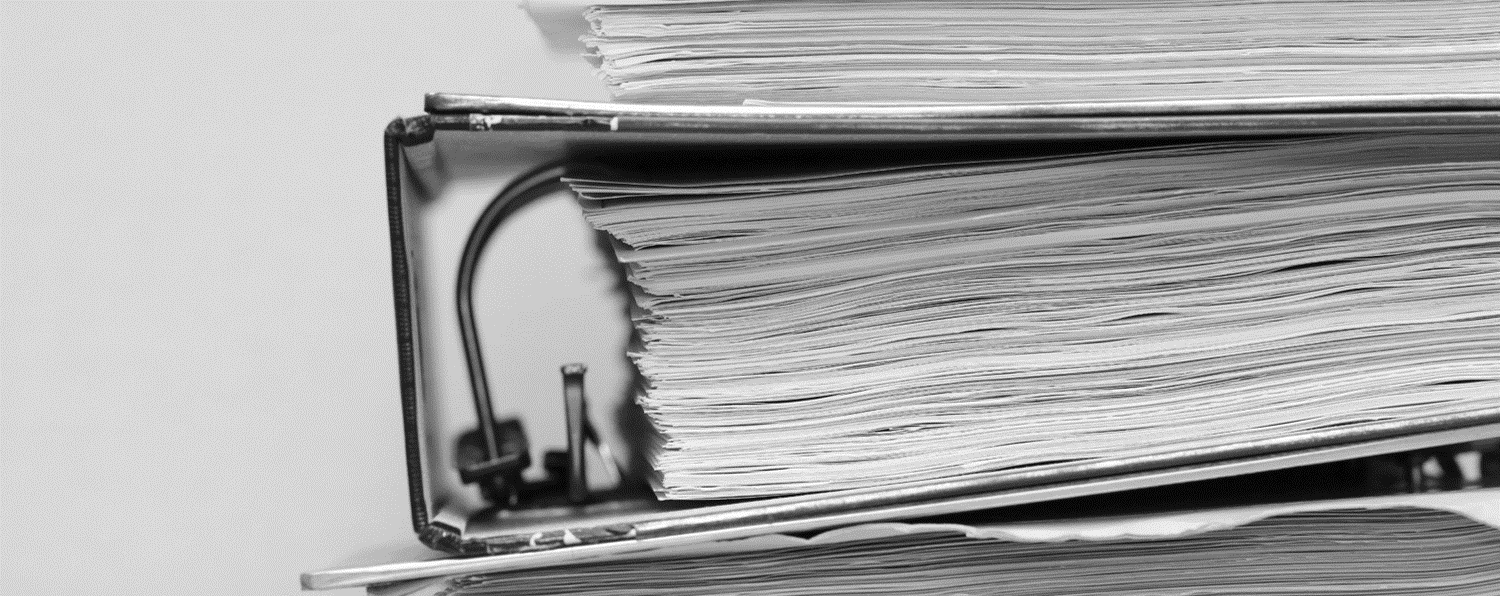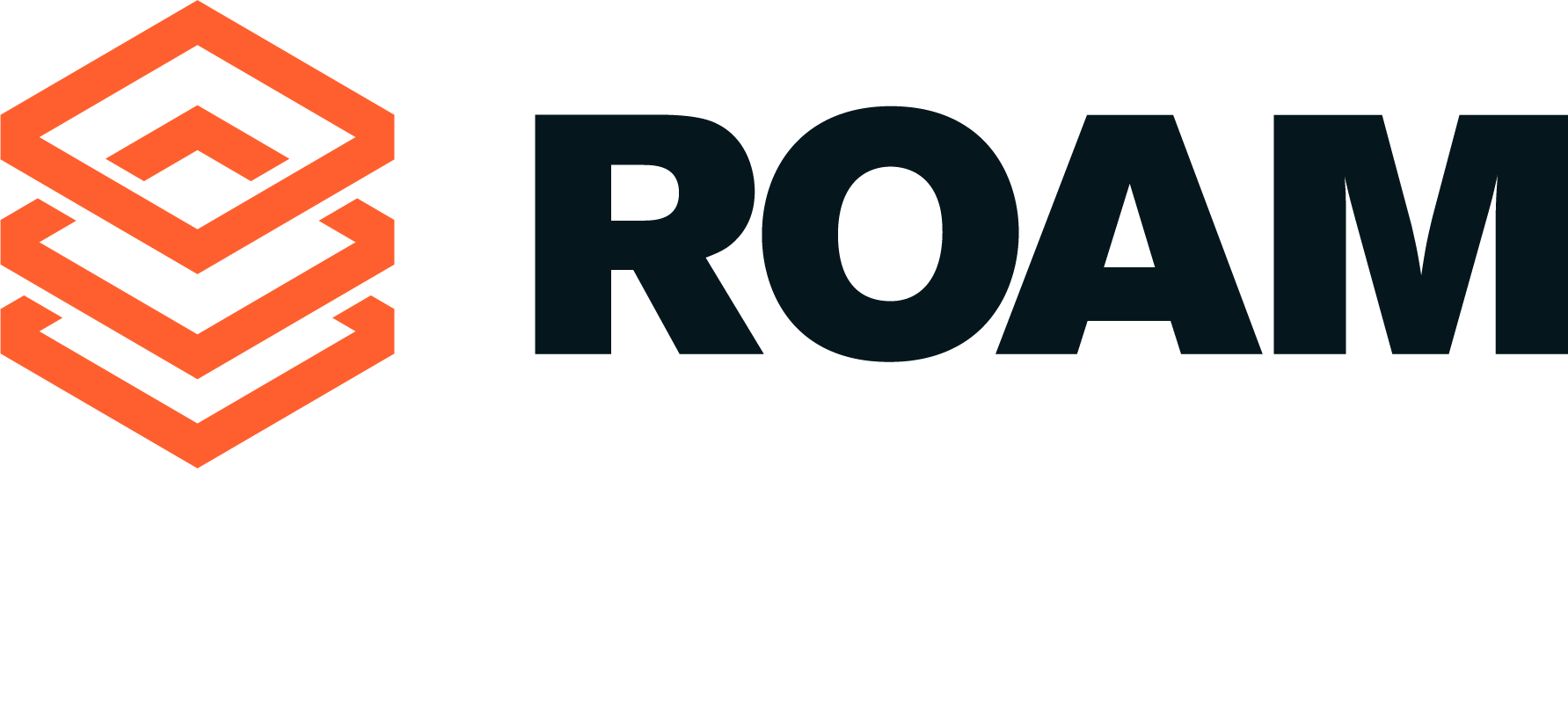
The changing face of Aircraft Records
When it comes to aircraft maintenance records and documentation, we have seen some significant improvements from the days of Microfiche and dusty books.
We have been embracing connected mobile devices such as Toughbooks and iPads on to the hangar and shop floors for some time now, and connectivity is taken for granted.
But we cannot ignore the existence of the legacy systems as they still form part of an aircraft’s complex continued airworthiness record, and without Back to Birth (BTB) records many significant assets (Components and Airframes) can not be verified as airworthy and as such have minimal value. Can you imagine having a multi-million dollar aircraft grounded and “worthless” because of the loss of a few pages of paper?
These essential records come in many varied forms, from handwritten log books, log cards, reports and certificates, in hard copy or digital form.
Early handwritten hard copy records can present challenges in today’s digital world when it comes to Optical Character Recognition (OCR), poor quality cursive handwriting will often fail to convert to a fully searchable document. A common industry problem and one of the reasons why there has been a significant drive towards the eTechLogs and eTaskCards.
The eTechLog and eTaskCards
eTechLogs and eFlightBags are now supporting a digital operation and significantly reducing the amount of paper used in the flight deck. The eTechLogs are producing digital aircraft records linked directly to operators Maintenance and Engineering systems (M&E) such as AMOS, TRAX and Envision to name but a few. Increased pressure on cost savings and efficiencies in a post pandemic aviation environment has operators looking hard at how digitisations in the flight deck and beyond can improve their businesses.
The handling of paper associated to Logbooks and maintenance work packages is inefficient, time-consuming and error prone, and with the ongoing storage and management requirements of these bulky hard-copy records costs can add up fast.
There are already a number of eTechlog offerings in the market place and these are indeed slowly being adopted by many operators. New aircraft such as the Boeing 787 and A350 are also designed around the use of an eTechlog and therefore offer operators of these aircraft an opportunity to really embrace the technology and move across to a paperless flight deck. eTaskcards and eSignatures are next on the agenda.
eTaskcards are starting to become more common place, but the lack of a common verifiable or long term certified eSignature standard continues to be a challenge, and there remains a grass roots level of reluctance to relinquish paper and wet signatures. Kiosk style workstations, mobile tough books, large touchscreen displays, and an M&E system enabled with eSignature, all built around using electronic work orders are available, yet demand for paper, printers, and associated paraphernalia remains. The tactile usability and familiarity of paper is hard to relinquish. That said, paper use has reduced, and certainly many retained airworthiness records are now digital with completed and eSigned electronic work orders converted to PDF/A and passed into the digital aircraft record archive (ROAM).
As discussed in the example above maintenance records can be generated and controlled within an operators M&E system in a digital environment, but the challenge arises when these records need to be exported and passed on to the lessor, auditor, or next operator. Spec2500 has been operating in this area for many years now to try and standardise the format of data to allow this transfer process to occur, and it does indeed provide a common format which many systems now conform to, but historically this has been focused in the area of Airworthiness Directives (AD) and Service Bulletin (SB) compliance. When it comes to scheduled maintenance, the focus has been on the Last Done Next Due report (LDND). A document that captures when schedule maintenance was last completed. If the evidence, often referred to as the “dirty finger print” is required to prove when the scheduled maintenance was done, it leads to either a deep dive into hard copy boxes of paper records or lengthy searches into unstructured PDF copies stored on local servers.
It is accepted that converting paper records into digitised records in the form of scans saved in a recognised and universal format such as PDF/A is advantages over paper records.
Examples:
- Reducing the physical storage space requirements.
- Easier to protect a digital record from Fire, Flood or alteration than a paper record.
- Multiple copies can be created and retained which provides reassurance and insurance against loss.
- Access to the records is much quicker, but does require some form of structure to how the data is stored, otherwise it can take just as long if not longer to find that elusive needle in a haystack.
- Report generation and data analysis can be automated and expedited.
But to leverage the advantages of a digital archive the data must be stored in a structured way (Indexed) and be fully searchable, to allow fast retrieval of records. If the data is managed this way we can start to look at utilising the data for business advantage. Large volumes of data have value and if analysed correctly provide valuable information and opportunity.
ROAM is the solution
ROAM is a centralised web-based platform for asset record keeping, accessible by multiple stakeholders delivered by Gamit based in London, UK.
Through the use of RDOC which is a powerful and automated indexing engine that sends the indexed and OCR’ed PDFs directly to ROAM, we are able to offer those involved with maintenance records an end to end solution, from paper to online, and fast!
ROAM works in harmony with most M&E systems and e-Techlog software to enhance the value to the data stored within them.
Engineering leaders using ROAM can optimise valuable staff resources to meet lessor end of lease requirements delivering a faster and more accurate outcome benefiting the airline bottom line.
Contact us to find out more about ROAM, the most advance software solution in the Aviation industry today.
Mark Turner - Business Development Manager : m.turner@gamit.co.uk
Download the brochure below:

